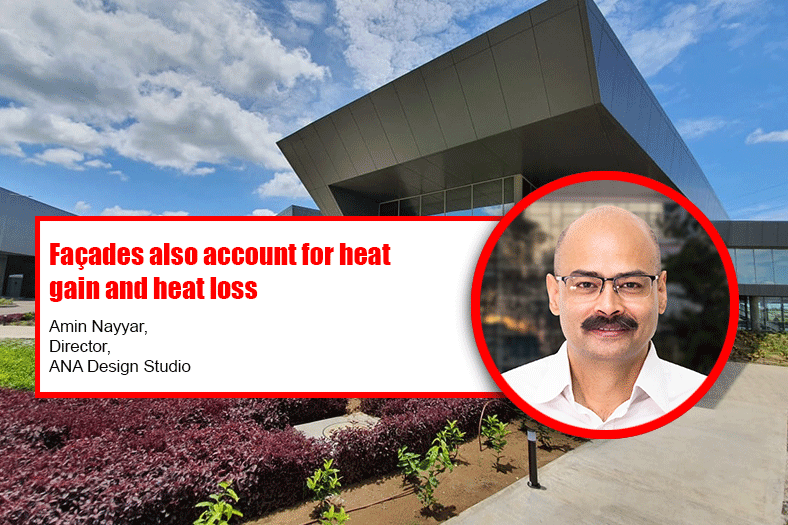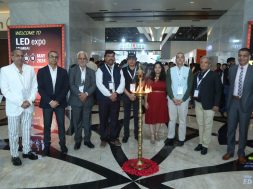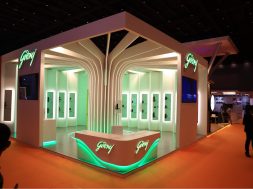Facades also account for heat gain and heat loss

With improved and cost-effective availability of sensors, controls and motor devices, façades can now actively participate in building energy performance says Amin Nayyar, Director, ANA Design Studio.
In an era of high-rises how can façades contribute effectively in making the building more energy efficient?
Façades account for about 50 per cent of net environment heat gain/loss. Therefore, thermally efficient façades are a key consideration for energy efficiency in buildings. Furthermore, with improved and cost-effective availability of sensors, controls and motor devices, façades can now actively participate in building energy performance. With the current technical know-how how can energy be harvested using façades? Both passive and active energy harvesting is possible. Using “greenhouse” effect, buildings in cold zones can trap and use solar heat for building comfort. In hot zones, there are several methods of energy harvesting:
• Façade integrated solar panels.
• Using entrapped heat energy for desiccant cooling.
• Using façades as receivers for micro wind turbines.
Can façades play an important role in air purification too, what kind of additional treatment may be required in façades to achieve this objective?
Technology today, especially nano and thin film, allow “breathable” membranes to be formed. By integration of this technology in the façade systems, clean air can be introduced into the AC system. Also, by coupling this technology with enthalpy control in the HVAC system, the façade becomes an active part pf the building comfort and energy performance.
What is your take on kinetic façades, is it an option for congested Indian metro cities?
It is an interesting concept, especially for Hot and Mixed climatic zones. With Solar Azimuth’s and angles changing daily and seasonally, the use of kinetic façades can add to significant savings in energy. Of course, the gross energy consumption of pneumatic/ hydraulic systems and their interface with the BMS are critical components.
When it comes to sustainable biometric façades, what are some of the important design parameters the designer/architect needs to dwell on?
These are exciting times for biomimicry, especially with the advent of a wide range of affordable and reliable sensors. The implementation and integration of BMS, coupled BIM integration/geolocation now allows for near realistic calculations and design optimization. As a result, the building functioning can be closely linked to its geography, geolocation, climate, personal comfort and range of responsiveness and near perfect biomimicry. Regarding biomimetic facades, these are derivations of our building envelopes from the habitats of living organisms in our surroundings. Although there has been some stellar experimentation on replicating the inherent architectural qualities of these habitats, as architects it is important to consider the following parameters to dwell on:
1. Context: Biomimetic facades should adhere to the respective contextual qualities such as local climate, wind flow patterns, available materials and construction technology and so on. Majority of existing examples of biomimetic facades such as Esplanade theatre, East gate Center, The Gherkin, Chicago Tower, etc. have taken inspiration from sea sponges, termites’ mounds and what not. Ultimately they have appointed design and engineering solutions in response to the climatic situations in that particular context. So, an understanding and thorough research of the context is necessary.
2. Feasibility: While Biomimetic facades are considered to be sustainable in the long run, their feasibility is to be addressed. Most of these applications require a large investment, advanced skill, excellent craftsmanship, rare materials and technology and supportive clientele. As architects it is our duty to understand the project requirements and then offer optimum solutions. To implement a complex and expensive yet experimental biomimetic façade in an underdeveloped context would be unsustainable. At times, complex biomimetic facades can be translated into simpler façade designs based on local requirements.
It is, of course, critical, that the design team including the architects, electro-mechanical design team, building automation design and integration team, and the MEP contractors/ installers work as a cohesive unit. This is now realistically and largely made possible with the widespread usage of BIM and, of course, good, old fashioned teamwork.
78
Cookie Consent
We use cookies to personalize your experience. By continuing to visit this website you agree to our Terms & Conditions, Privacy Policy and Cookie Policy.






